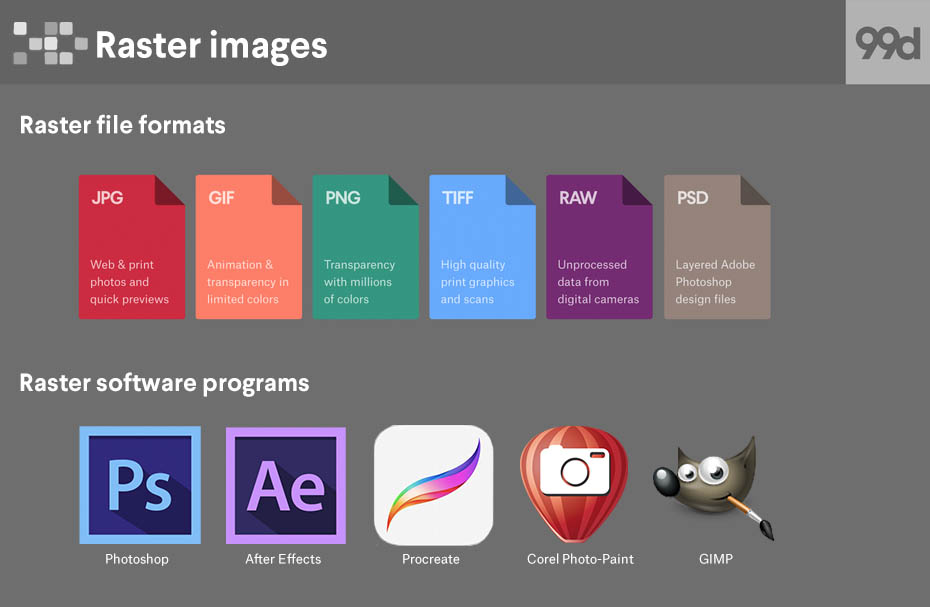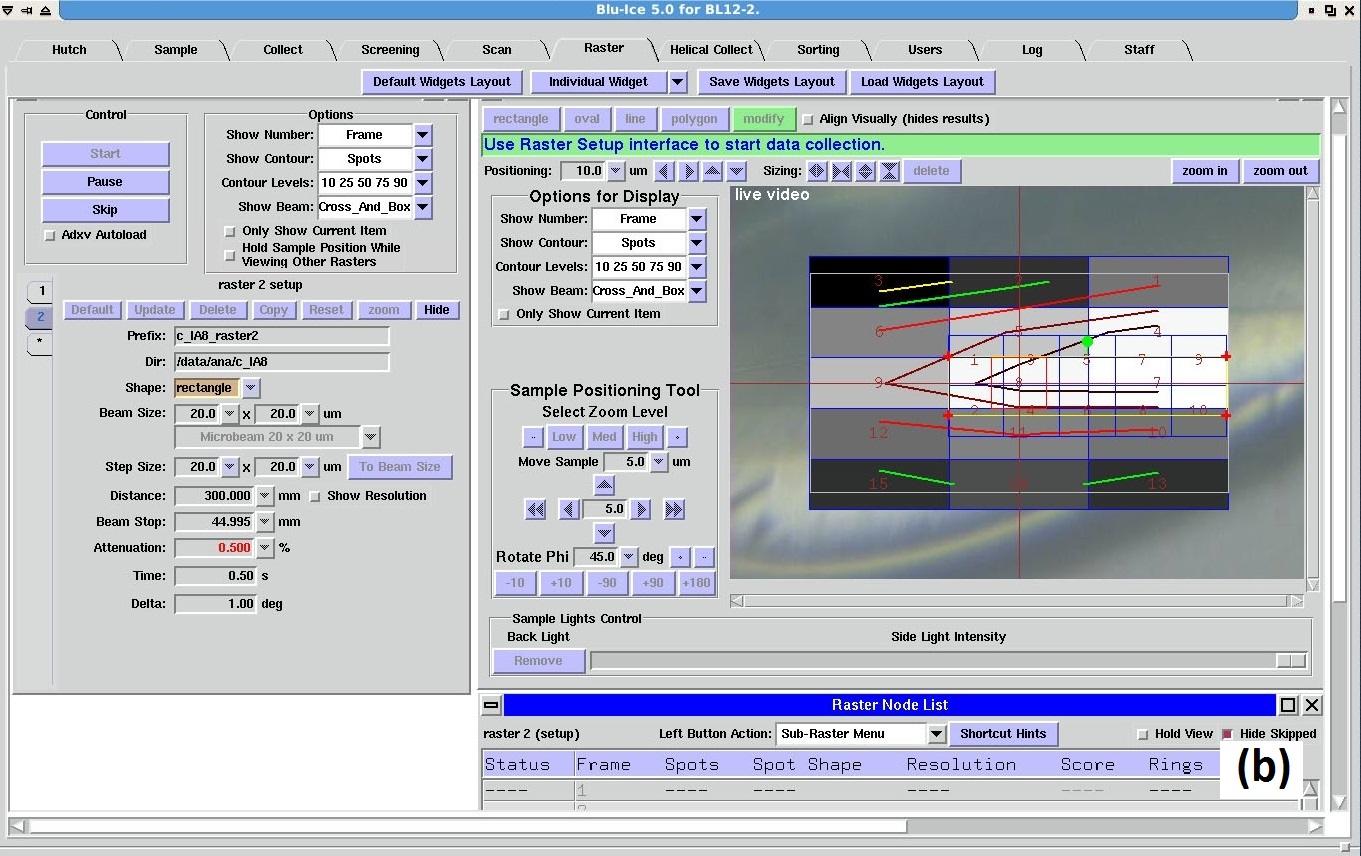

You can also see that the single raster has been broken out into many rows containing arbitrary non-overlapping regions. Rf_extent("proj_raster").alias("extent"), crs = rf.select(rf_crs("proj_raster").alias("value")).first()ĬRS +proj=utm +zone=17 +datum=WGS84 +units=m +no_defs It contains a CRS, a spatial extent measured in that CRS, and a two-dimensional array of numeric values called a tile. Let’s unpack the proj_raster column and look at the contents in more detail. RasterFrames will take advantage of the optimizations in the COG format to enable more efficient reading compared to non-COG GeoTIFFs. The file at the address above is a valid Cloud Optimized GeoTIFF (COG), which RasterFrames fully supports. | | | |- crsProj4: string (nullable = false) | |- tile_context: struct (nullable = true) |- proj_raster_path: string (nullable = false) In the examples that follow we’ll be reading from a Sentinel-2 scene stored in an AWS S3 bucket. The simplest way to use the raster reader is with a single raster from a single URI or file. RasterFrames can also read from GeoTrellis catalogs and layers. The raster DataSource operates on either a single raster file location or another DataFrame, called a catalog, containing pointers to many raster file locations. If your project requires scalable shapes and solid colors, vector is the best choice, but if your project requires complex color blends, raster is the preferred format.RasterFrames registers a DataSource named raster that enables reading of GeoTIFFs (and other formats when GDAL is installed) from arbitrary URIs. Raster images are best for digital photos and print materials. Their native files are needed for coin designs, laser engraving, t-shirts, patches, etc. They're also used in lower thirds for videos, web-based objects and rendering 2D or 3D computer animation.
#Raster file software

The lower the number of pixels, the lower the resolution. More pixels result in better quality at the same or larger sizes as the original, but this also increases the size of the file and the amount of space it takes to store the file. Each image can only contain a fixed number of pixels the amount of pixels determines the quality of the image. These images are created by digital cameras, by scanning images into a computer or with raster-based software. Pixels appear like little squares on graph paper when the image is zoomed in or enlarged. Raster images are made of pixels or tiny dots that use color and tone to produce the image. Because they consist of lines and anchor points, the size of the file is relatively small. These graphics are also device-independent, which means their quality doesn't depend on the number of dots available on a printer or the number of pixels on a screen. Their lines are sharp, without any loss in quality or detail, no matter what their size. Because these graphics are not based on pixels, they are known as resolution independent, which makes them infinitely scalable.

These graphics consist of anchored dots and are connected by lines and curves, similar to the connect-the-dot activities you may have done as a kid. Vector graphics are also known as scalable vector graphics (SVG).


 0 kommentar(er)
0 kommentar(er)
